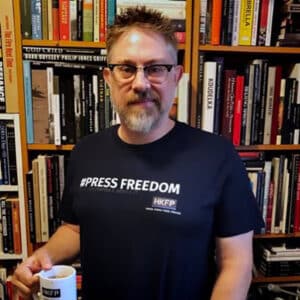In the early hours of November 25, 2006, in the Jamaica neighborhood of Queens, New York, 23-year-old African American Sean Bell was killed in a hail of fifty bullets fired by police officers at the car he was in. Two of his friends, who were also in...



